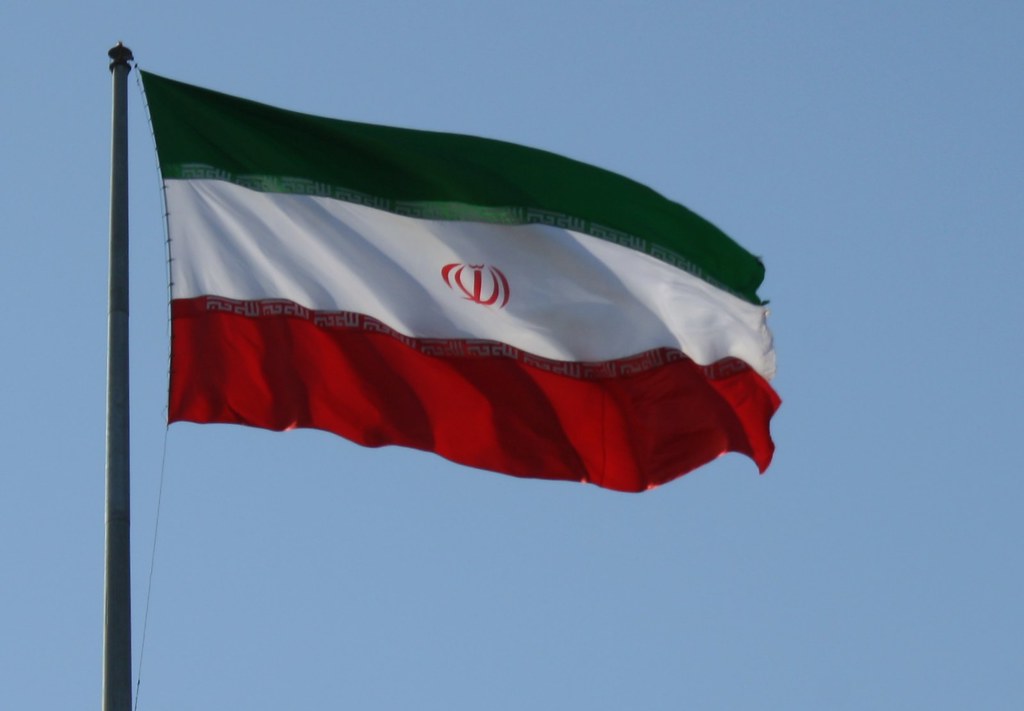Rice is one of the most important staple foods across the globe, particularly in Asia and parts of Africa and Latin America.
While many countries produce rice domestically, a significant number also rely on imports to meet their demand due to population pressures, changing dietary patterns, limited arable land, or climatic challenges.
The international rice trade plays a crucial role in food security for many nations. In this article, we explore the top rice-importing countries in the world, examining the factors that drive their dependence on foreign rice and the broader implications for global markets.
China

Despite being the world’s largest producer and consumer of rice, China is also one of the top rice importers. This might seem paradoxical at first, but the explanation lies in the country’s diverse culinary and regional preferences, along with strategic stockpiling policies.
Chinese consumers have shown increasing demand for certain types of rice that are not widely cultivated within the country, such as aromatic varieties like jasmine rice from Thailand.
Additionally, imports help stabilize domestic prices and fill temporary supply gaps caused by natural disasters or shifts in agricultural policy. China’s rice imports have remained high in recent years, often exceeding two million metric tons annually.
The Philippines

The Philippines has long struggled with rice self-sufficiency, mainly due to limited arable land, outdated farming practices, and vulnerability to typhoons and floods.
Despite government efforts to boost local rice production, the country continues to import large volumes to meet the needs of its rapidly growing population. The Philippines frequently tops the list of rice-importing nations, particularly when domestic harvests fall short.
The country's major suppliers include Vietnam and Thailand, two of the largest rice-exporting nations. In 2023, the Philippines imported over 3.8 million metric tons of rice, underscoring its persistent dependency on international markets.
Nigeria

In Africa, Nigeria stands out as the largest importer of rice. While the government has made various attempts to promote local production through subsidies, import restrictions, and agricultural reform programs, demand still outpaces supply.
Nigeria’s population, which exceeds 200 million, consumes a vast amount of rice as a daily staple. Much of the imported rice comes from Asia, especially India and Thailand.
Despite import bans and smuggling crackdowns, rice still flows into the country through both legal and informal channels, making Nigeria one of the most significant players in the global rice import scene.
Iran

Iran produces a substantial amount of rice domestically, particularly in its northern provinces, but it still imports large volumes to satisfy consumer demand.
Iranian cuisine places a strong emphasis on specific rice varieties, such as long-grain Basmati, which is primarily imported from India and Pakistan.
Sanctions and trade restrictions have occasionally complicated the import process, but rice remains a key item in Iran's food import portfolio.
The country’s imports often surge when domestic yields fall short or when the government seeks to control inflation and maintain food security through strategic imports.
Saudi Arabia

In Saudi Arabia, rice is a dietary staple, especially among its large expatriate population and within traditional cuisine. The kingdom does not produce rice domestically due to its arid climate and water scarcity, making it wholly dependent on imports.
Saudi Arabia is a significant consumer of high-quality rice, including Basmati and jasmine varieties. India remains the primary supplier, catering to Saudi demand for premium rice.
The country’s import volume typically exceeds 1.5 million metric tons annually, making it one of the largest importers in the Middle East.
Iraq

Iraq has also emerged as a major rice importer, driven by reconstruction efforts, population growth, and limited domestic agricultural capacity. Years of conflict have damaged the country's irrigation systems and farmland, leading to a heavy reliance on imported food, including rice.
Most of Iraq’s rice imports come from Asia, particularly India, and are used in large-scale food distribution programs. As Iraq continues to rebuild its infrastructure and economy, rice imports are expected to remain vital to national food security.
Senegal

Senegal, like many West African nations, has seen a shift in dietary habits toward rice over traditional grains. The urbanization of the population has fueled this trend, increasing demand for quick-cooking and easily stored staples.
Despite local efforts to boost production through programs like the National Rice Self-Sufficiency Program, imports still make up a substantial share of rice consumption. India is a major supplier, particularly of broken rice, which is widely used in Senegalese cuisine.



















